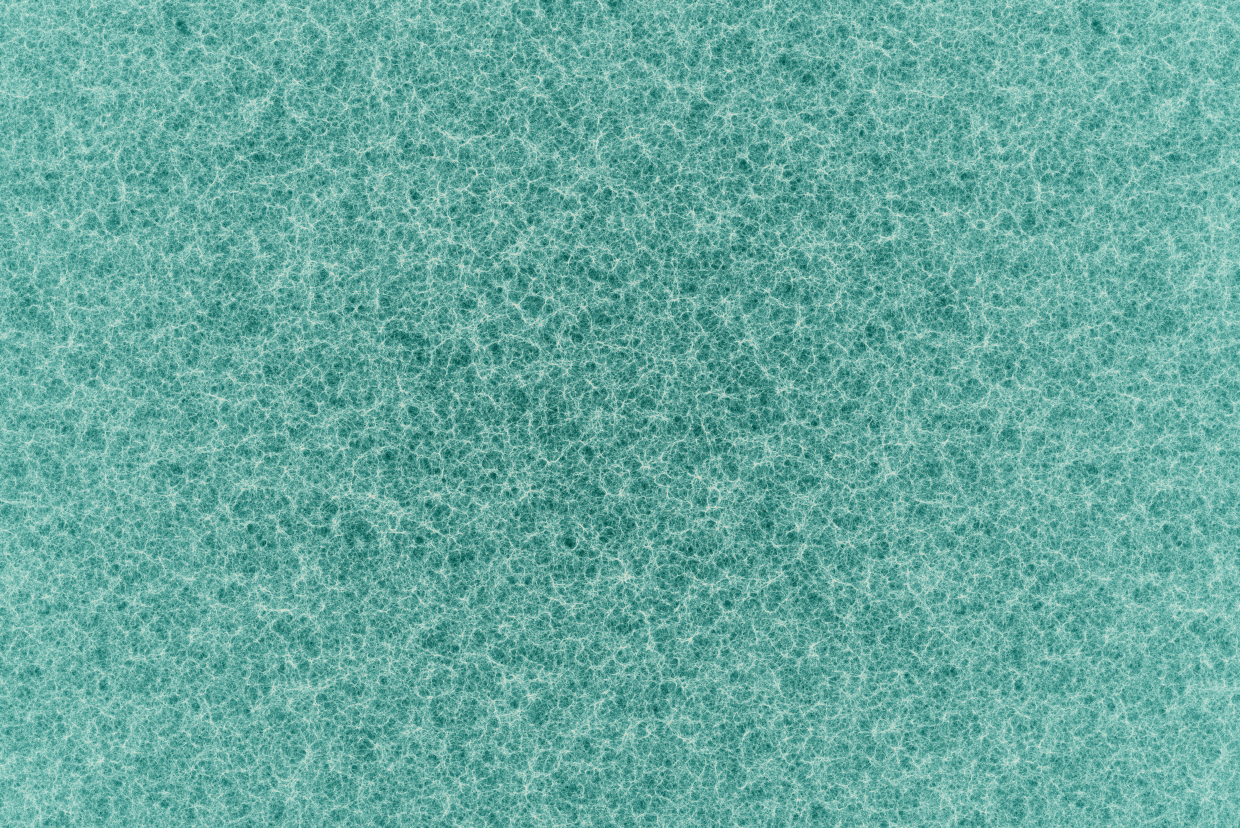Euclid Flagship Simulation

As part of the development of the Euclid mission, it was critical to have a so called “Mock” Universe with galaxies, dark matter, dark energy, and neutrinos distributed in a virtual sky in as realistic a way as possible. This required a world record setting computer simulation of the Universe performed at the Swiss National Supercomputing Center by researchers at the University of Zurich, Department of Astrophysics. In this image we see the white filamentary structure of the dark matter, large nearly empty regions of dark matter (so called “Voids”) and very high concentrations of dark matter at the intersections of the filaments (so called “Dark Matter Halos”). It is at these intersections that we would find clusters of galaxies, like the Perseus Cluster (shown in the image). Such virtual universes let us test methods of observation on data very much like what we expect from the real observations and determine, in advance, how well Euclid will be able to perform its mission.
Credit: Joachim Stadel, UZH, Dept. of Astrophysics
Are you interested in this topic?
At the University of Zurich, several researchers are actively studying galaxies and cosmology. See howProf. Dr. Joachim Stadel,Prof. Dr. Aurel Schneider, andProf. Dr. Julian Adamek at the Department of Astrophysics are contributing to the Euclid mission.
Are you a student that wants to learn more about this topic? Consider enrolling in these courses:
AST 241: Introduction to Astrophysics (Fall Semesters)
AST 245: Computational Astrophysics (Fall Semesters)
AST 293: Proseminar Cosmology (Fall Semesters)
PHY 473: Introduction to Astroparticle Physics and Cosmology (Fall Semesters)
AST 511: General Relativity (Fall Semesters)
AST 512: Theoretical Astrophysics (Fall Semesters)